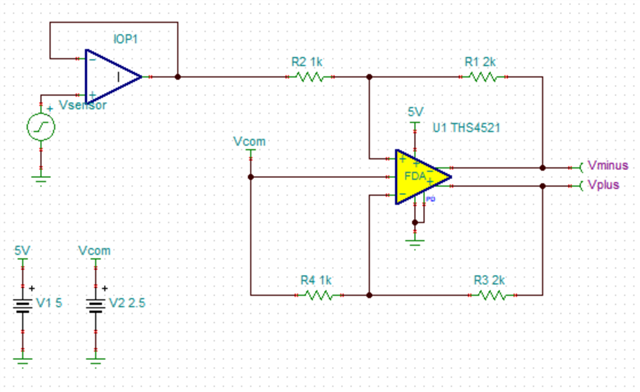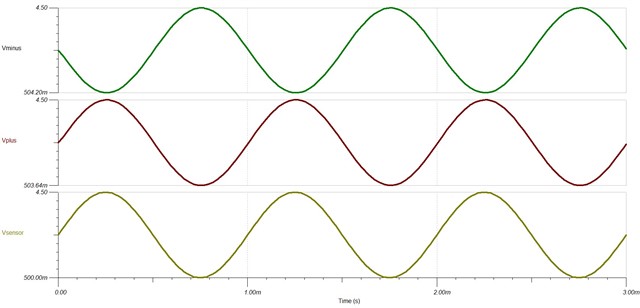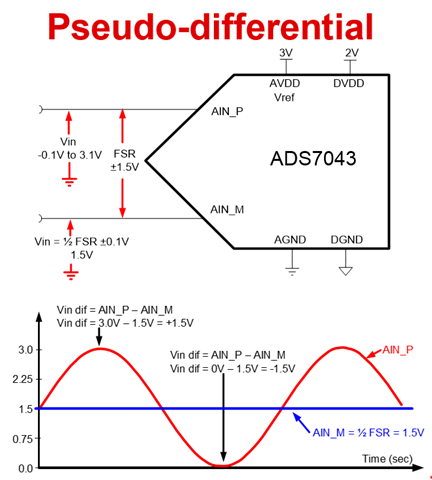Other Parts Discussed in Thread: ADS7043, TIDA-01355, ADS7046, ADS7056
hello experts,
due to some problem, we have to use the Diff ADC.
can you pls suggest on how to this device as Pseudo-Differential Unipolar ADC. ex: where to connect -ve pin? do we need to keep adc/analog gnd seprate from sensor gnd?
can we acheive the FS measurments with internal calibration?
can we connect the mutiple adc for single measurement (ex: tida 1355).
thanks,
deepa




